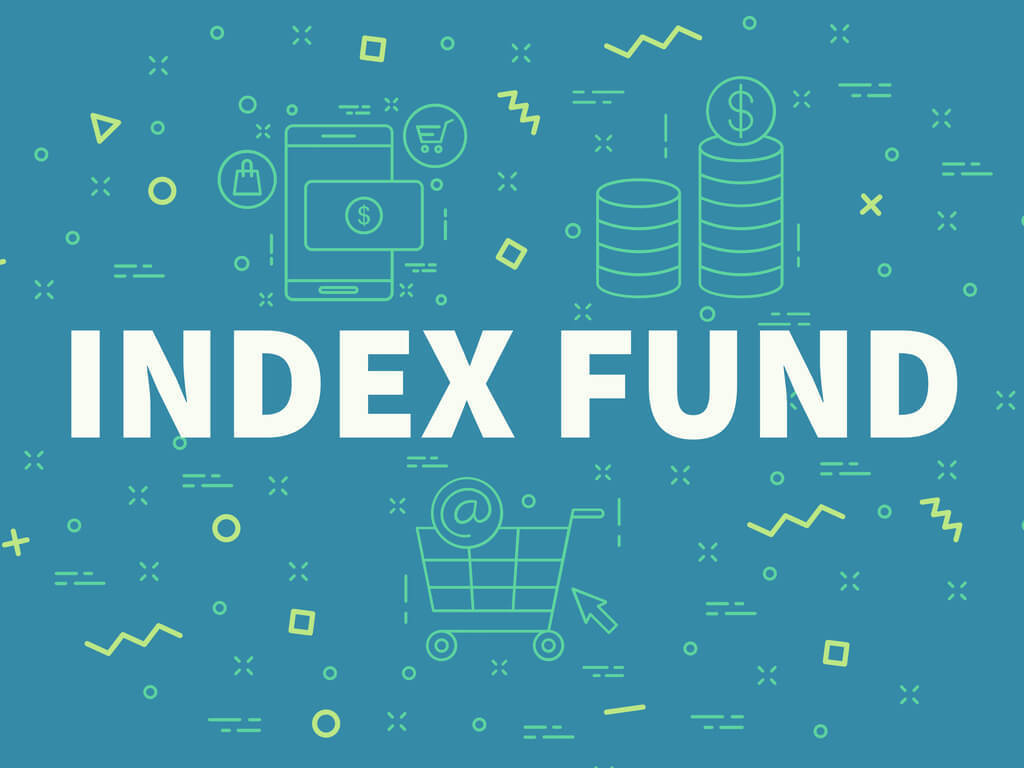Passive investment is growing in popularity worldwide. Even in India, it has gained momentum. These passive funds resemble an index; they invest in the same stocks and proportions as the index they are monitoring.
There are typically two types of passive funds: index funds and exchange-traded funds (ETFs).
- ETFs can be purchased and sold on the stock exchange, just like stocks, thus you need a Demat account to invest in them.
- Index funds, on the other hand, can be purchased from the fund house just like any other mutual fund. Click here to learn more about index funds and ETFs.
Pick Index Funds with the Lowest Expense Ratios
Considering that investing in an index is more passive than active, expense ratio is a crucial consideration for selecting funds. The total expenditure ratio (TER) is the ratio of the fund’s average assets under management (AUM) to its total operating and management expenses. Total Expense Ratio = Total Costs divided by Average Assets Under Management (AUM). Fund fees/expenses can have a substantial impact on an investor’s return.
If a fund’s yearly return is 5% but its expense ratio is 2%, then 40% of its return is spent on fees. When researching funds, investors should carefully compare expenses. This is typically much lower for index funds than for active funds. The Indian market regulator SEBI permits fund houses to charge index funds a TER of up to 1%.
Don’t Sweat the ETF vs. Index Fund Difference
ETFs and Index Funds essentially replicate an index such as the NIFTY 50 or the Sensex. However, this does not imply that passive investment alternatives are limited to broad indexes alone. There are ETFs and Index Funds covering a variety of topics, such as gold, commodities, banks, healthcare, etc. By investing in ETFs and Index Funds, it is also feasible to track a group of low-volatility companies, value stocks, international funds, etc.
Therefore, both Index Funds and ETFs provide sufficient diversification over tens, hundreds, or even thousands of assets. In addition, they both offer a low expense ratio and the possibility for long-term solid returns.
Therefore, it is safe to say that ETFs and index funds share many similarities. Both are passive investment vehicles that pool investor funds to purchase a basket of securities that correspond to a market index. While actively managed mutual funds seek to outperform a particular benchmark index, ETFs and index mutual funds are often designed to monitor and match the performance of a market index.
How Index Funds Work Best in a Portfolio
Index funds are passive investing instruments. Index funds attempt to mirror the market’s risk and return on the idea that, over the long term, the market will outperform any individual investment.
The most obvious advantage of investing in index funds is the quick diversification of your portfolio, which reduces the risk of losing all or part of your capital. Consider a Nifty Mid-cap 150 tracking index fund. This index fund would own approximately 150 stocks. While the performance of each of these 150 stocks fluctuates over time, buying in a fund that contains them all will match the performance of your portfolio to that of the index. Investing in a single index fund ensures that the value of your portfolio is not too connected with the performance of any single firm in the index.
Click here to explore top index funds on kuvera.
How to Build a Portfolio with Index Funds
There are numerous passive index funds, ranging from market capitalization-based indexes such as Nifty50, Sensex, Nifty Next 50, and Nifty Midcap 150 to innovative factor-based indices (Value, Momentum, Quality, Low Volatility and so on).
However, you do not need them all in your portfolio. Three or four passive products are sufficient to construct a robust, low-cost, low-maintenance investing portfolio. Don’t let India’s expanding selection of passive items mislead you. Three or four passive products are sufficient to construct a robust, low-cost, low-maintenance investing portfolio. Don’t let India’s expanding selection of passive funds mislead you.
Possible Combinantions
Assuming, however, that we are only examining equities and that the investor’s debt allocation is already handled via choices such as Employees’ Provident Fund, Public Provident Fund, bonds, debt funds, etc., the following passive-only portfolio combinations are possible:
- 100% in Nifty50
- 50-70 percent in Nifty50 plus 30-50 percent in Nifty Next50
- 50% in Nifty50 plus 25% of Next
- 50 + 25% in Midcap50/150
- 80 percent in Nifty50 + 20 percent in S&P500/Nasdaq
- 40% in the Nifty50, 25% in the Next50, 25% in the Midcap50/150, and 10% in the S&P500 and Nasdaq.
List of Best Index Fund (as per 5-Year Return)
| Scheme | 5-Year Return | AUM (INR)(Cr) |
| Nippon India Index S&P BSE Sensex | 13.80% | 350.62 |
| HDFC Index S&P BSE Sensex Fund | 13.73% | 4,115.45 |
| ICICI Prudential S&P BSE Index Fund | 13.71% | 645.58 |
| Tata S&P BSE Sensex Index Fund | 13.67% | 169.94 |
| LIC MF S&P BSE Sensex Index Fund | 13.41% | 58.81 |
| IDFC Nifty 50 Index | 13.22% | 555.73 |
| Taurus Nifty 50 Index | 13.18% | 2.03 |
| Quantum Nifty 50 Index | 13.14% | 38.29 |
| UTI Nifty 50 Index Fund | 13.05% | 9,123.86 |
Source: AMFI (data as of 21/11/2022)







